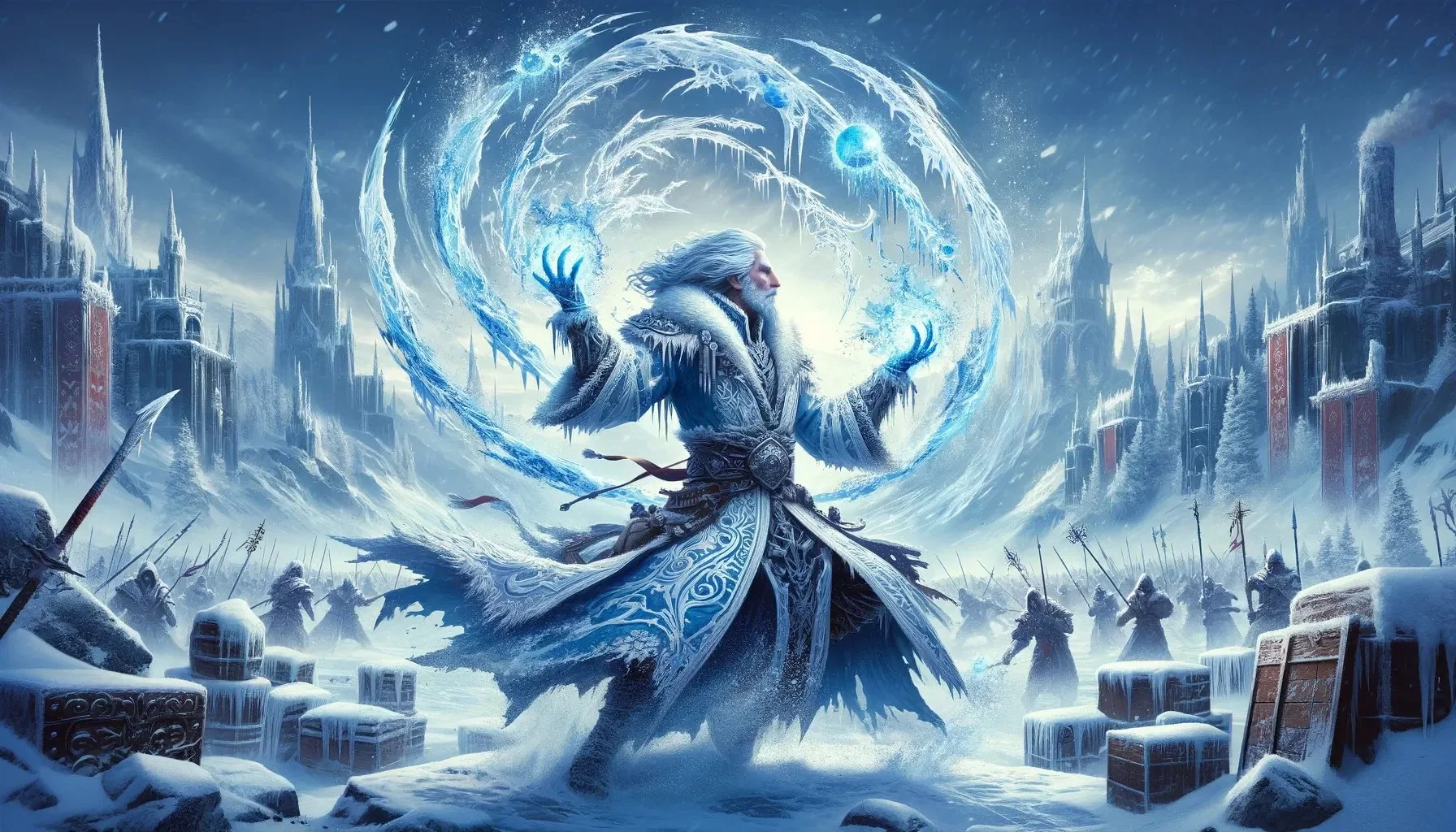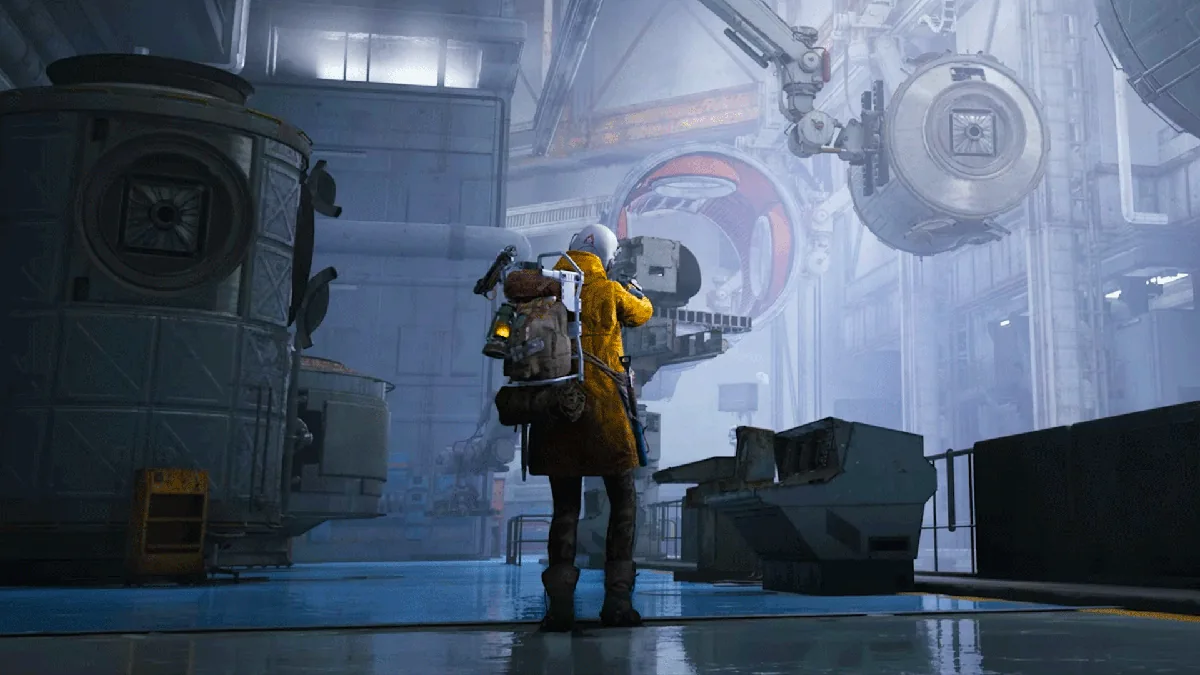When exploring the fun journey in Baldur’s Gate 3 (BG3), players often ask: “What’s the best build for Honor Mode?”
After getting my hands on almost every builds, let’s look at these top builds for Honor Mode in BG3.
The article lists builds from lowest to highest damage while focusing on flexibility and showing how knowing the game well can often beat relying too much on specific character setups.
Removing the Myth of “Build Dependency” in Honor Mode
Before jumping into detailed builds, you should know what we believe in: “builds matter less in Honor Mode than most players think.”
Instead of only focusing on builds, understanding the game’s mechanics, adapting to unexpected situations, and going with the flow is key to success.
This approach shows that being great at the game comes from strategy and learning rather than perfecting a specific character setup.
Still, using the best builds is a favorite activity for many because of their game-breaking potential and unique chances they offer for trying new things.
Our picks selection gives powerful and flexible builds, keeping in mind personal playstyle preferences and being able to adapt tactics.
#4: The Ice Sorcerer (“Ray of Frost Machine Gun”)
Why Choose Ice Sorcerer?
The Ice Sorcerer stands out in BG3 as a flexible build packed with Area of Effect (AoE) abilities, amazing crowd control, and spell-based utility.
By using ice spells, the Ice Sorcerer gains the power to freeze enemies, slow their movement, and make them completely miss turns.
This build has a simple progression, relying on Draconic Sorcerer as its main subclass.
Key Spells and Features
- Ray of Frost: The go-to cantrip that deals 1d8 cold damage (upgraded to 2d8 at level 5 and 3d8 at level 10) and slows enemy movement. Cold weakness via the “wet” status doubles this damage, with extra gear increasing its freezing potential.
- Ice Storm: A Level 4 attack with huge AoE capability—deals 4d6 cold damage and 2d8 bludgeoning damage, with enemies having to pass a slippery save test based on spell DC.
- Cone of Cold: Best for close-range bursts, this deals 8d8 cold damage plus scaling benefits for higher levels. Known as the “Ice Shotgun.”
- Freezing Sphere (via scrolls): An underrated spell with devastating AoE damage (10d6 cold damage).
Utility Playstyle
The Ice Sorcerer excels in support roles by:
- Applying disables such as Frozen or slipping conditions, forcing enemies to lose their turns.
- Twin-casting Haste to boost allies’ movement speed, extra actions, and Armor Class (AC).
- Using Heightened Spell to apply disadvantage to saving throws, combined with control spells like Hold Monster or Hold Person.
Pros
- Efficient Damage: Ray of Frost requires only sorcery points, and cold weaknesses boost damage output a lot.
- Powerful AoE Control: Makes enemies skip turns entirely.
- Gear Simplicity: Mono-class leveling without multiclassing complexities.
Cons
- Slow early game impact until level 6.
- Heavy reliance on gear (frost-based equipment) and “wet” statuses for maximizing damage.
- Squishy due to low AC and concentration-based spells drawing enemy aggro.
#3: The Battle Master Fighter (“Straightforward Power”)

Why Choose Battle Master Fighter?
The Battle Master Fighter succeeds as a beginner-friendly fighting build with consistent high damage across all levels.
Made for simplicity and efficiency, this build uses heavy armor, powerful two-handed weapons, and versatile maneuvers to dominate the battlefield.
Key Features
- Action Surge: Unlocks additional attacks, increasing burst potential. From level 4 onward, players can leverage up to three attacks per turn.
- Superiority Maneuvers: Tactical flexibility allows players to:
- Trip Attack: Enemies become prone, lose reactions, and grant advantage within melee range. This mitigates legendary actions.
- Precision Attack: Ensures high enemy-hit consistency.
- Repost Maneuver: Punish enemies for missed attacks.
Feats
- Great Weapon Master: Boosts damage output with a flat +10 bonus per hit and unlocks additional bonus-action attacks on kills or critical hits.
- Alert: Ensures initiative dominance, giving control over the battlefield.
- Sharpshooter (for archery focus): Adds a flat bonus for ranged damage builds.
- Tough: Improves survivability with extra hit points as needed.
Role and Utility
Battle Master Fighters excel as damage tanks or brawlers who control enemy positions. They use high AC, flexibility, and heavy weapons—often tanking hits or cleaning up enemies after ally setups.
Pros
- Strong from level one with immediate burst potential.
- Gear-independent; a “grab a big stick and smash things” simplicity.
- Excellent control and setup options for party members.
Cons
- Limited AoE capabilities.
- A straightforward playstyle that may lack mechanical nuance.
#2: Tavern Brawler Monk (“Single-Target Dominance”)

Why Choose Tavern Brawler Monk?
Monks are known for their crazy single-target damage output, action economy, and ability to move around the battlefield.
The Tavern Brawler feat makes this build even better with an amazing damage scaling mechanic tied to the character’s Strength modifier.
Key Features
- Unarmored Movement: Increased movement speed and jump distance for flexible navigation across the map.
- Flurry of Blows (Open Hand Monk): Hits twice, adding powerful control effects (knocking enemies down, stopping them from reacting, etc.). With Tavern Brawler, damage goes through the roof as the Strength modifier applies twice to unarmed attack rolls.
- Stunning Strike: A reliable way to lock down enemies, preventing them from taking turns completely.
- Manifestation of Mind: Use psychic damage alongside the Resonant Stone aura to make enemies worse at saving throws and deal massive spell damage.
Why Fighter/Rogue Multiclassing?
Players often take a few levels in Fighter and Rogue subclasses for bonuses like:
- Action Surge (via Fighter): Adds flexibility with extra attacks.
- Bonus Actions (via Thief Rogue): Maximizes utility with features like Dash/Disengage.
Party Role
Monks serve as a mix of damage and control roles by locking down important enemies with stuns or clearing out weaker enemies. Their mobility also makes them good at starting and finishing fights.
Pros
- Doesn’t need any gear.
- Huge battlefield control—stuns, knocking enemies down, and pushing them around.
- Tons of bonus actions with amazing mobility.
Cons
- Focused on single targets; not good at hitting multiple enemies at once.
- Needs consumables to be as effective as possible.
#1: Stealth Archer (“The Nova King”)

Why Choose Stealth Archer?
The Stealth Archer goes beyond normal gameplay with its complicated and flexible system, mixing huge ranged damage output with stealth-based control.
We describe it as BG3’s ultimate solo Honor Mode setup due to its high mobility, burst damage, and tactical complexity.
Core Build Configuration
- Gloom Stalker Ranger (Level 5): Adds initiative boosts, Dread Ambusher (extra attack and movement boost during the first turn), heavy armor proficiency, and Pass Without Trace (stealth boost with team-wide benefits).
- Assassin Rogue (Level 4): Critical damage applies to surprised enemies consistently, alongside combat resets granting bonus actions.
- Fighter (Level 2): Action Surge for extra attacks.
- War Cleric (Level 1): Bonus action attacks and spellcasting flexibility.
Initiative and Burst Potential
The Stealth Archer shines by always going first, setting up deadly Nova attacks. With sharpshooter feats and surprise crits from Assassin traits, enemies either die right away or face devastating follow-up attacks in turn-based combat.
Item Synergy
This build includes important gear such as:
- Items increasing stealth rolls (e.g., +10 boosts from equipment and Pass Without Trace).
- Damage-enhancing rings such as the Risky Ring.
- Ranged weapons like the famed Blood Bow.
Why Is It Strongest for Honor Mode?
Honor Mode focuses on early power and control—things that are key to the Stealth Archer. From level 3’s initiative dominance to critical hits from surprising enemies, this build gets stronger effectively across all Acts and adapts easily to team-based play or solo runs.
Pros
- Extremely powerful early game, making Honor Mode accessible.
- High mobility, stealth consistency, and always going first.
- Unmatched burst damage potential with turn-one Nova (up to 10 attacks).
- Flexible customization for gear and hybrid multiclass options.
Cons
- Trouble with damage resistance in rare enemy groups (e.g., Act 2 enemies immune to piercing damage).
Reliance on stealth tactics, making mistakes potentially punishing.
Other Honorable Mentions
In addition to the top four builds, we want to highlight several noteworthy builds:
- The Bard/Paladin Hybrid: Combines party-wide inspiration, spellcasting, and reliable damage through smites for Honor Mode adaptability.
- Sorcadin (Paladin/Sorcerer): An extended invisibility/magic-focused support build for late-game parties with added versatility.
- Throw Barbarian: Focusing on tanky resilience and high burst damage from thrown weapons (e.g., Ring of Flinging with returning pikes).
Conclusion
Our comprehensive breakdown focuses on adaptability, game knowledge, and fun experimentation in BG3’s Honor Mode.
Whether you choose the Ice Sorcerer’s AoE control, the Stealth Archer’s Nova power, or prefer straightforward playstyles like the Battle Master Fighter, Baldur’s Gate 3 provides endless opportunities for skill refinement and tactical mastery.
Instead of obsessing over builds, players should focus on learning mechanics, embracing flexibility, and developing creative strategies to adapt to changing situations.
These builds serve merely as a starting point for personalizing your characters and ensuring memorable adventures.
What’s your favorite build in BG3?
Let us know how you change these ideas for Honor Mode success!




